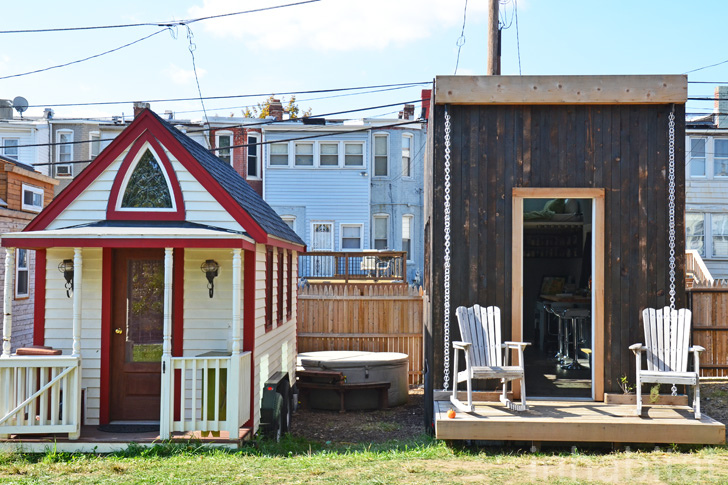Average residential space per person in the US has soared nearly 400% since 1950.
Since when did tiny houses need their own TV show? Average residential space per person in the United States has soared nearly 400 percent since 1950. In his keynote address at the 2015 Build Small, Live Large conference at Portland State University last month, Sightline Institute director Alan Durning discussed how living small has not only been normal until very recently but is still normal for the vast majority of the globe.
Reducing overgrown living-space expectations may prove an effective way of not only addressing Cascadia’s housing affordability crisis but also of reducing our carbon footprint. Unfortunately, outdated and misguided city codes have made many compact housing options illegal in cities across Cascadia. In his presentation, Alan outlines several strategies that require no additional public funds yet would create greener, affordable, and much needed additional housing. These strategies, also outlined in the book, include removing roommate caps, revisiting the opportunities afforded by rooming houses, and encouraging ADU development.
“If we stop banning the solutions we so desperately need,” he argues, “many things become possible. Indeed, they become inevitable.”
See the full talk in the video below to learn more:










Comments